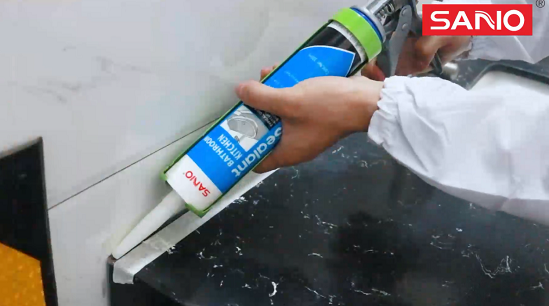Silicone sealants are widely used in home improvement projects, from sealing bathroom fixtures to outdoor construction. However, it’s important to apply silicone correctly to ensure its durability. One of the most common issues is what happens if silicone gets wet before it cures. This article discusses why it’s essential to keep silicone sealant dry during the curing process and what can go wrong if it gets wet prematurely.
The Impact of Water on Silicone Sealant
Silicone sealant works effectively because of its flexibility and strong bonding ability. When silicone gets wet before it cures, the sealant can experience surface damage. The presence of moisture can cause white streaks and uneven areas on the surface, leading to a visually unappealing finish. Additionally, excessive water can wash away parts of the sealant, weakening its effectiveness.
How Delayed Curing Affects Adhesion and Sealing
Water intrusion during the curing process can significantly delay the drying time of silicone sealant. While it may appear dry to the touch, silicone sealant is not yet fully waterproof. This delay in curing means the sealant doesn’t harden completely, weakening its ability to bond securely with the surfaces it’s meant to seal. As a result, the seal may eventually fail, leading to leaks or gaps.
Tips for Proper Application of Silicone Sealant
To ensure the longevity of your sealant, it’s crucial to apply silicone sealant under the right conditions. Make sure the surfaces are clean and dry before application, and avoid exposure to water for up to 48 hours. SANVO silicone sealant, for example, is designed to provide long-lasting protection, but it needs to cure properly to perform optimally.
Conclusion
To ensure that silicone sealant works as intended, it’s essential to allow it to cure without interference from moisture. When silicone gets wet before it cures, it can affect its appearance, adhesion, and overall effectiveness. Following proper application guidelines and ensuring the sealant remains dry will help maintain its strength and prevent failure. For reliable results, consider using SANVO silicone sealant to safeguard your home improvement projects.
